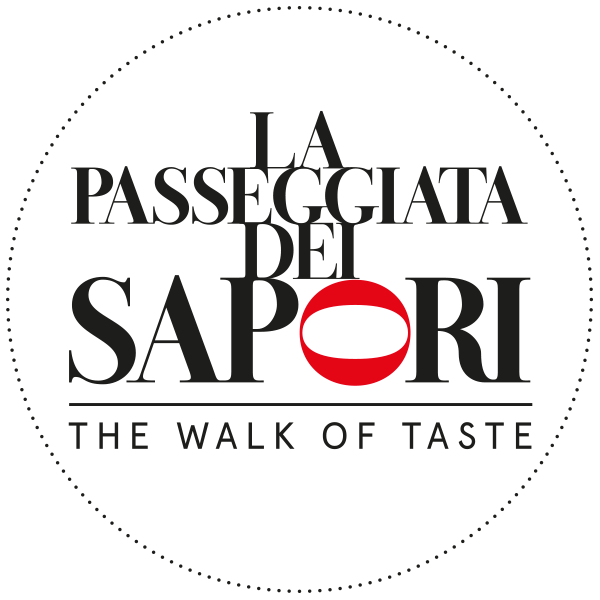Giuseppe Verdi (Busseto, 1813-Milan, 1901) – Bibliography
His life – His works
Verdi’s father, Carlo, kept a small inn and shop that sold wine and groceries in Roncole, just as the family of the mother, Luigia Uttini, did in a nearby village. In addition to Giuseppe the couple had a daughter, Giuseppe Francesca, who was mentally disabled and died in 1833 at 16 years of age. He started his musical studies with an old organ player from Roncole, Pietro Baistrocchi. He attended secondary school in Busseto and improved his musical education with the help of a merchant, Antonio Barezzi, who was a passionate amateur musician and patron of the municipal band. Barezzi entrusted him to Ferdinando Provesi, chapel-master and organist of the Collegiata di San Bartolomeo church. Verdi became engaged to Margherita Barezzi, daughter of his patron, who financed his studies in Milan under maestro Vincenzo Lavigna (after he was rejected by the conservatory). In 1836 he returned to Busseto, where he was given the post of chapel-master and married Margherita. In 1830 his first opera, “Oberto conte di San Bonifacio”, was performed with a fair amount of success at the Scala Theatre. He was commissioned two write three operas, including two comic ones, but the bereavements he suffered (between 1838 and 1840 his wife and two small children died) interfered with the composition of “Un giorno di regno,” whose performance at La Scala was a resounding failure. However, in 1842 Verdi enjoyed great success with “Nabucco,” and its chorus “Va pensiero” kindled that patriotic and anti-Austrian feeling which the maestro came to represent. He composed incessantly: “I Lombardi alla prima crociata” (1843), “Ernani” (1844), “I due Foscari” (1844), “Giovanna d’Arco” (1845), “Alzira” (1845), “Attila” (1846), “Macbeth” (1847), “I masnadieri” (1847), “Il corsaro” (1848), “La battaglia di Legnano” (1849), “Luisa Miller” (1849), “Stiffelio” (1850), “Rigoletto” (1851), “Il trovatore” (1853), “La traviata” (1853), “I vespri siciliani” (1855), “Simon Boccanegra” (1857), “Un ballo in maschera” (1859). After years of living together with Giuseppina Strepponi, a soprano who had starred in some of his operas, he married her in 1859. He then composed “La forza del destino” (1862), “Don Carlos” (1867), “Aida” (1871), “Messa da Requiem” (1874, dedicated to the writer Alessandro Manzoni), “Otello” (1887) and “Falstaff” (1893). “Quattro pezzi sacri” (1898) marked the end of the maestro’s creative output and he spent the last years of his life in solitude at Villa Sant’Agata. He died at the Grand Hotel et de Milan, in the city of the same name. He gifted a rest home for elderly musicians to the city of Milan, and he was buried in its chapel next to his second wife.
Bibliography
BONI, Oreste. Giuseppe Verdi: l’uomo, le opere, l’artista. Parma, Battei, 1901.
PHILLIPS-MATZ, Mary Jane. Verdi. A biography. London, Oxford-New York, Oxford University Press, 1993.
MARCHESI, Gustavo – PASI, Mario. Verdi. La vita. I viaggi. Parma, Guanda, 1993.
CAFASI, Francesco. Giuseppe Verdi fattore di Sant’Agata. Parma, Fondazione Cariparma, 1994.
MIOLI, Piero. Verdi: tutti i libretti d’opera. Roma, Newton & Compton, 2001.
Il teatro di Verdi. La vita, le opere, gli interpreti. Milan, 1997.
ALLEGRI, Lucia – MONICI, Anna. L’uomo Verdi benefattore del comune di Villanova. Piacenza, Tip.Le.Co., 1998.
MARCHESI, Gustavo. Buon appetito Maestro. Parma, Battei, 2001.
Giuseppe Verdi: un goloso raffinato. A collection of essays, edited by Andrea Grignaffini, Giampaolo Minardi, Corrado Mingardi, Mariangela Rinaldi Cianti, Raimonda Rocchetta Valesi. Parma, Tecnografica, 2001.
La cucina di Verdi: armonie di note, profumi e sapori sulla tavola del maestro. Milano, G. Mondadori, 2003.
